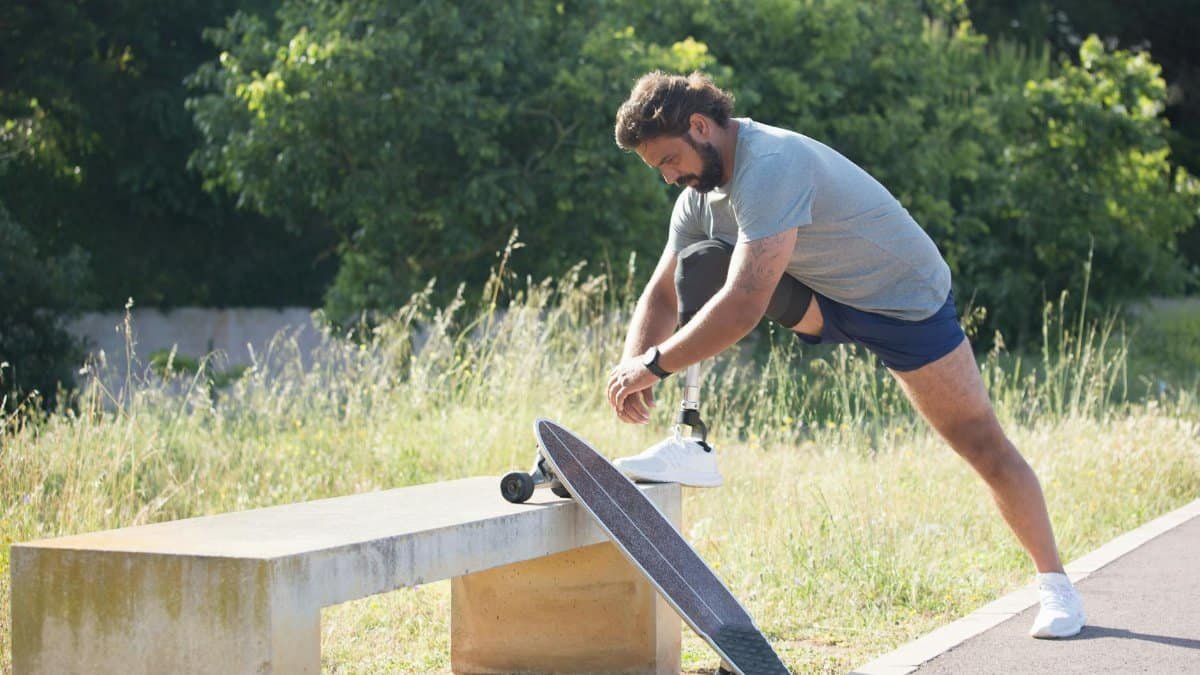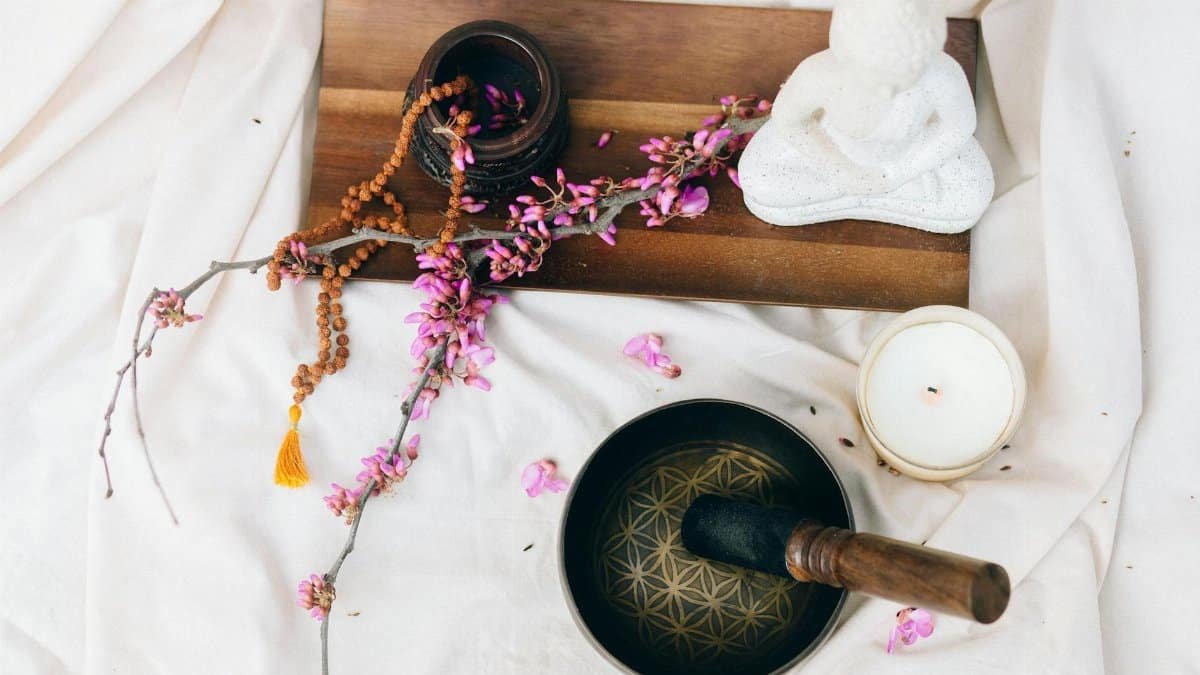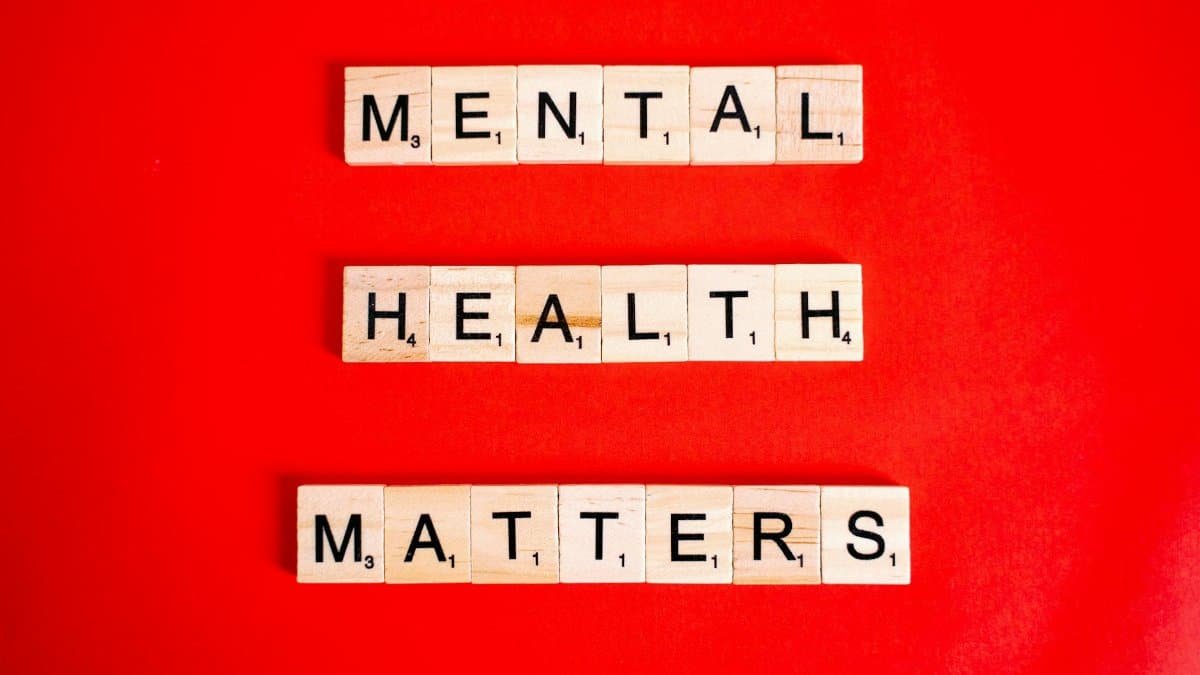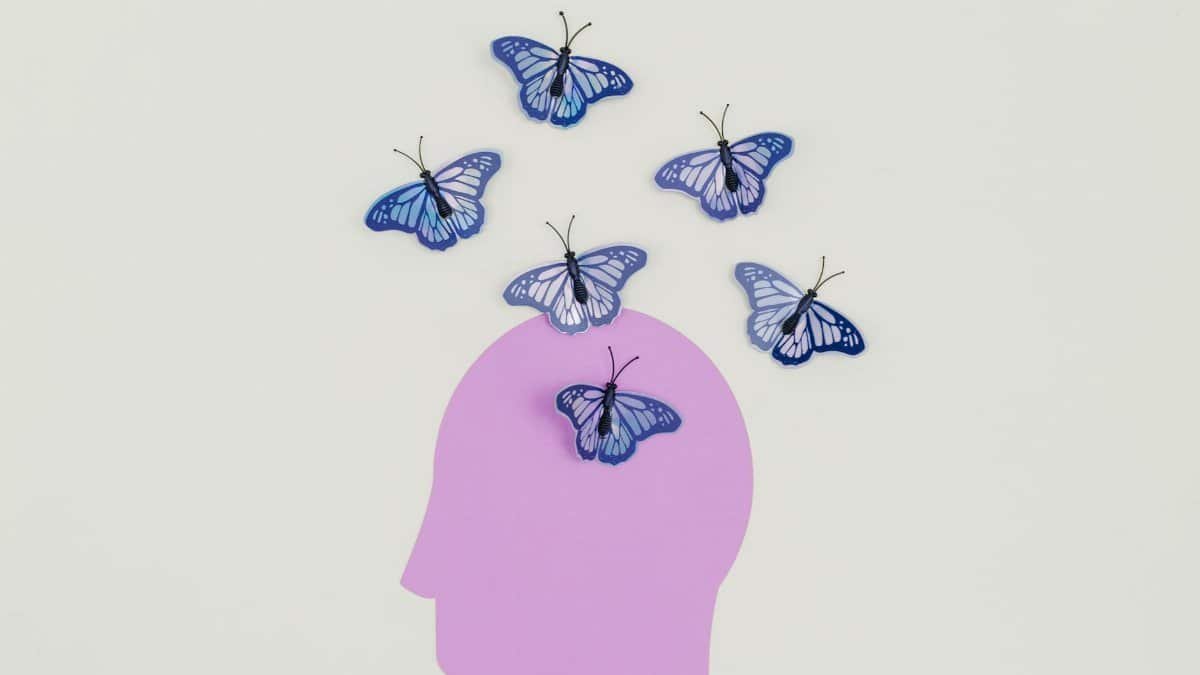What It Really Means to Be Free Even When You’re Afraid

Simply put, awareness balance is the deliberate equilibrium between acknowledging your fears and embracing inner strength, and it matters because it unlocks genuine freedom in a world full of uncertainties. In today’s fast-paced life, many Americans struggle with anxiety that holds them back from true liberation. But experts say mastering this balance can transform how we navigate relationships and personal growth. As mindfulness practices gain traction in 2025, understanding awareness balance offers a path to healing where pretense fades and authenticity thrives.
Defining Awareness Balance in Everyday Terms

Awareness balance isn’t some abstract concept; it’s about tuning into your emotions without letting them overwhelm you. Think of it as a mental scale where fear sits on one side and resilience on the other. When balanced, you face life’s scares head-on without crumbling. Psychologists note this approach helps in healing relationships by fostering honest communication. Without it, fears fester, leading to isolation. Recent surveys show more people are seeking tools like this amid rising mental health concerns.
The Role of Fear in Blocking True Freedom

Fear acts like a chain, keeping folks from living fully. It creeps into decisions, from career moves to romantic ties. Awareness balance counters this by encouraging recognition of those fears without judgment. U.S. therapists report that clients who practice this see quicker breakthroughs in therapy. It’s not about ignoring terror; it’s about coexisting with it productively. In relationships, this means addressing insecurities openly, paving the way for deeper connections.
How Mindfulness Fuels Awareness Balance

Mindfulness is the engine driving awareness balance forward. Techniques like meditation help individuals observe thoughts without attachment. A study from the National Institutes of Health highlights how mindfulness reduces anxiety by 30 percent in participants. By integrating these practices, people achieve a steadier emotional state. In 2025, apps and workshops are making this accessible, especially for those in high-stress jobs. The key? Consistent effort to listen within, as the meta description suggests.
For more on mindfulness benefits, check this NIMH resource on anxiety disorders.
Overcoming Common Challenges in Achieving Balance

Not everyone nails awareness balance right away. Distractions from daily life, like work pressures or social media, throw off the equilibrium. One big hurdle is denial, where people pretend fears don’t exist. Experts advise starting small: journal your thoughts daily to build self-awareness. In relationships, this might mean tough conversations that expose vulnerabilities. Success stories show that persistence pays off, leading to liberated living even amid chaos.
Practical Steps to Cultivate Awareness Balance

Getting started is straightforward. Begin with five minutes of deep breathing each morning to center yourself. Next, identify recurring fears and counter them with positive affirmations. Incorporate this into routines, like during commutes or before bed. For couples, joint exercises can strengthen bonds. Research from Harvard indicates such habits boost emotional resilience. Track progress weekly to see improvements. Remember, freedom comes from facing, not fleeing, the afraid parts of yourself.
Explore detailed studies on emotional resilience at American Psychological Association’s resilience page.
The Impact on Healing Relationships

In the realm of healing relationships, awareness balance shines. It encourages partners to drop facades and connect authentically. When fear dominates, trust erodes; balance restores it. Therapists in New York and beyond are using this framework in sessions, with clients reporting stronger ties. Data from relationship studies shows balanced awareness leads to 25 percent fewer conflicts. As 2025 unfolds, more couples are turning to mindfulness growth for lasting harmony.
Real-Life Examples of Freedom Through Balance

Take John M., a Boston executive who battled crippling social anxiety. By practicing awareness balance, he learned to acknowledge his fears without letting them dictate actions. Soon, he pursued promotions and mended family rifts. Or consider Lisa T., who overcame breakup trauma by balancing self-doubt with inner listening. These snapshots illustrate how the approach delivers real freedom. Across the U.S., similar tales emerge, proving its effectiveness in personal transformation.
Why Awareness Balance Matters in 2025

With economic uncertainties and global tensions rising, awareness balance is more crucial than ever. It equips individuals to handle stress without breaking. Mental health advocates predict a surge in its adoption this year, backed by wellness trends. By focusing on internal equilibrium, people gain the freedom to thrive despite fears. This isn’t just theory; it’s a practical tool for navigating modern life’s hurdles, from career shifts to relational repairs.
Potential Pitfalls and How to Avoid Them

Watch out for overthinking, which can tip the balance toward obsession. Instead, aim for gentle observation. Another trap is inconsistency; sporadic efforts yield little. Set reminders to stay on track. In group settings, like therapy circles, share experiences to refine your approach. Professionals warn against forcing balance; let it evolve naturally. By sidestepping these, you ensure steady progress toward fearless freedom.
Final Thoughts on Embracing True Freedom

Ultimately, being free even when afraid boils down to awareness balance. It starts with listening within and ends with liberated actions. As mindfulness growth continues to evolve, this concept stands as a beacon for healing. Americans embracing it find not just survival, but thriving amid fears. The journey requires commitment, but the payoff, authentic freedom, is worth every step.
